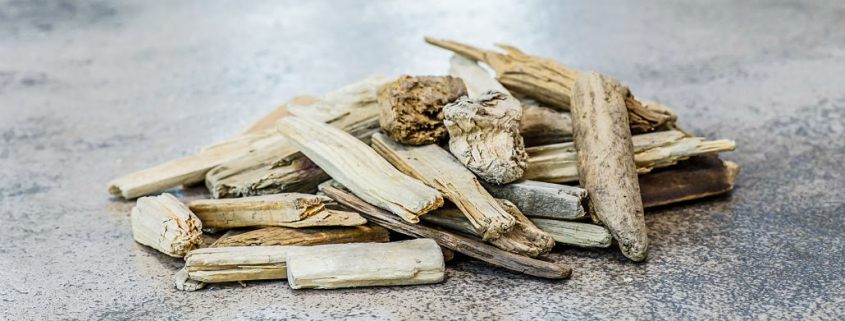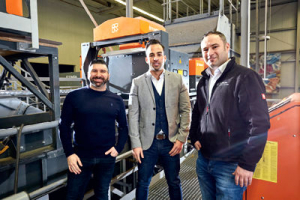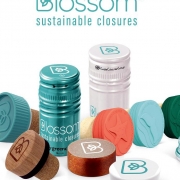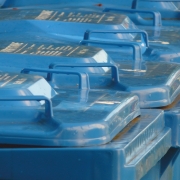TOMRA Recycling Brings Waste Wood Full Circle with Groundbreaking Sorting Solutions
TOMRA Recycling has further strengthened its waste wood sorting solutions with a deep learning-based technology that utilizes the expansive power of its artificial neural networks. As a pioneering add-on solution for AUTOSORT®, GAIN deep learning technology extracts numerous material characteristics of wood chips as they move along the high-speed conveyor belt and analyzes them for high-precision sorting of non-processed wood and MDF.
For more than ten years, TOMRA has been a frontrunner in the global wood recycling sector with its X-TRACT sorting system. The high-throughput x-ray transmission (XRT) sorting unit quickly became popular with panelboard manufacturers and recyclers to produce a high-quality waste wood fraction by removing impurities like inert materials, glass, and metals. The recovered wood fraction produced by X-TRACT can then be used for either chipboard or energy production.
Over the years, as the industrial sector focused more on sustainability, there has been a significant increase in demand for high-quality waste wood suitable for recycling. Since these materials are challenging to sort with conventional technology, TOMRA was determined to find an innovative solution to meet industry trends. With their in-house team of software engineers and application experts, they trained their artificial neural networks with thousands of images of non-processed wood and processed wood products such as MDF (medium-density fiberboard), HDF (high-density fiberboard), oriented strand board (OSB), and coated materials.
In combination with the ultra-flexible AUTOSORT® machine, GAIN deep learning technology brings a new dimension of sorting performance for the recycling and wood processing industries. Based on the extensively labeled data in the TOMRA neural network, GAIN recognizes patterns and properties of individual wood chips and instantly connects this information with data scanned by sensors. Wood chips are then categorized by material type and separated according to the customer-defined sorting task.
The primary use of recycled waste wood is currently in particleboard manufacturing. The wood-based panel industry aims to meet very strong market demand and improve product quality by increasing recycled content, resulting in a two-fold benefit for the manufacturer. Recycled wood is up to 40% cheaper than fresh wood and generally dryer, resulting in a significant decrease in energy consumption during the drying stages. Integrating TOMRA’s wood sorting solution in recycling and wood processing plants enables operators to create high-purity non-processed wood fractions, which can be used in particleboard production on an industrial scale.
Jose Matas, Segment Manager Wood at TOMRA Recycling, comments: “Given the market conditions and industry trends, sensor-based sorting offers wood-based panel manufacturers an incredible opportunity to reduce costs and improve sustainability. Using high-quality recycled wood materials in production helps them achieve higher yields and create superior quality wood-based panels.”
TOMRA Recycling is the first company to use deep learning technology to detect and separate Wood A from Wood B and recover MDF from processed wood composites. Due to a dedicated team, the provider has also established proof of its commitment to bringing waste wood full circle and enabling the production of panelboards made with 100% recycled wood materials. The company’s team of industry-savvy experts, waste wood application specialists, and service key account managers offer a wealth of experience and profound knowledge of wood recycling and processing.
To learn more about TOMRA’s deep learning technology for wood sorting visit https://solutions.tomra.com/en/gain-deep-learning
(Published in GLOBAL RECYCLING Magazine 1/2022, Page 48, Advertorial, Photo: TOMRA Recycling)










